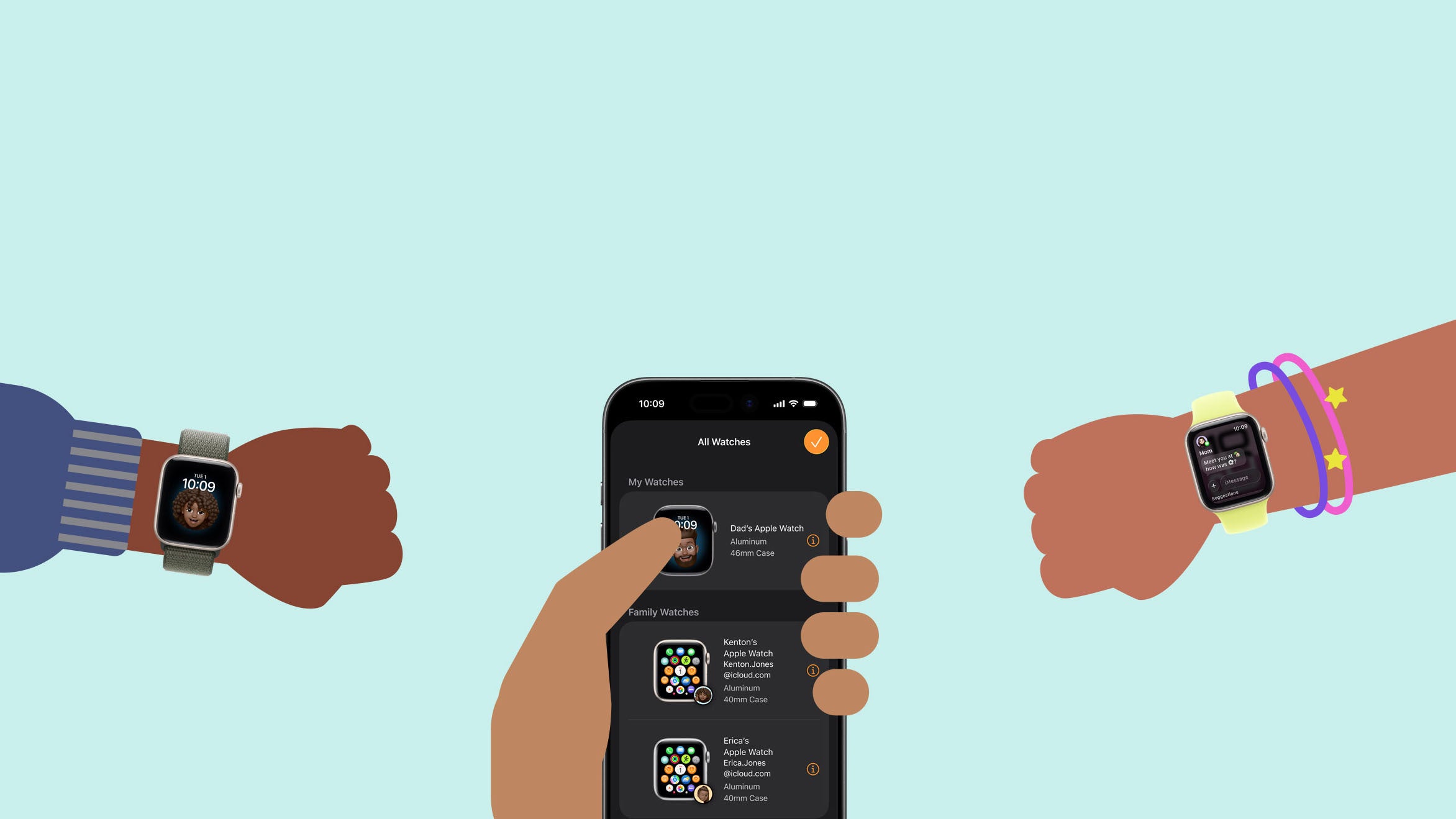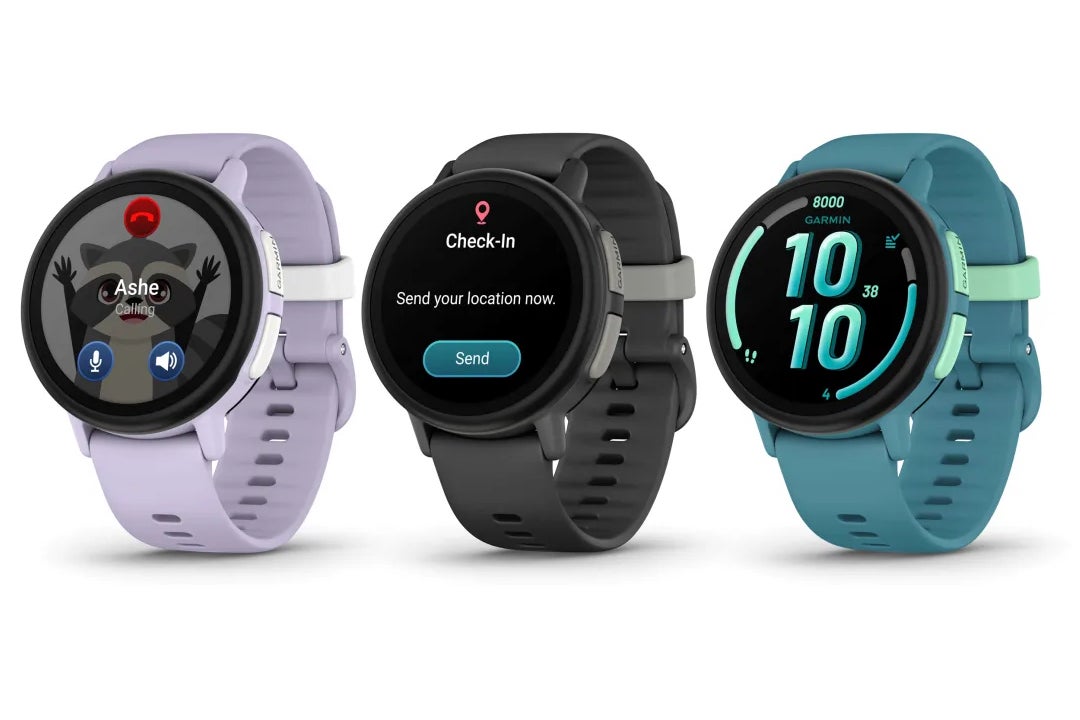Double battery life for the second generation
Meta is improving on some of the most annoying downsides of its very popular smart glasses. The highlight is the major upgrade to the battery life, which can now reach up to 8 hours on a single charge. That’s double what the first generation of Meta’s smart glasses was capable of.Along with the larger battery, the glasses also support faster charging. You’ll need to put them in their case for about 20 minutes to get them to 50%. The case itself now holds 48 hours, up from 32 hours on the original model.
Better video shooting and a higher price


Both the Ray-Ban Meta and their case have better batteries. | Image Credit – Meta
The other major improvement is in the video capturing. The new glasses support video with up to 3K resolution, which can be up to 3 minutes long. That’s an upgrade from the 30-second 1080p clips on the original model.
You can capture clips in 3K at 30 fps, 1440p at 30 fps, and 1200p at 60 fps. What’s unchanged is that your videos will still be vertical, but later this fall, Meta promises to release hyperlapse and slow motion modes to all its AI glasses.
Another new feature is Conversation focus, which amplifies the voice of a person you talk with, so you can distinguish it better from the background noise. Meta is also adding live translation support in German and Portuguese.
The Ray-Ban Meta Gen 2 is now available in most countries where the original ones were sold, and it’ll be available in Mexico and India later this fall. You will be able to choose from Wayfarer, Skyler, and Headliner frame options in various colors, starting at $379 – a significant bump from the $299 price tag on the first generation.
Sensible upgrade
Meta has boasted that the Ray-Bans are the best-selling AI glasses in the world, but with this upgrade, it shows that it can stay on top of the market even if an actual competitor arrives. The second generation seems to address all the issues people had with the original glasses, and if putting Meta AI on your face sounds like something you’re up to, that’s probably the best way to do it. How that new price is going to work out remains to be seen.


“Iconic Phones” is coming this Fall!
Rediscover some of the most unique and memorable phones of the last two decades! “Iconic Phones” is a beautifully illustrated book that we’ve been working on for over a year – and it’s coming out in just a couple short month!
LEARN MORE AND SIGN UP FOR EARLY BIRD DISCOUNTS HERE
#Metas #Gen #RayBan #smart #glasses #double #battery #raise #price


















